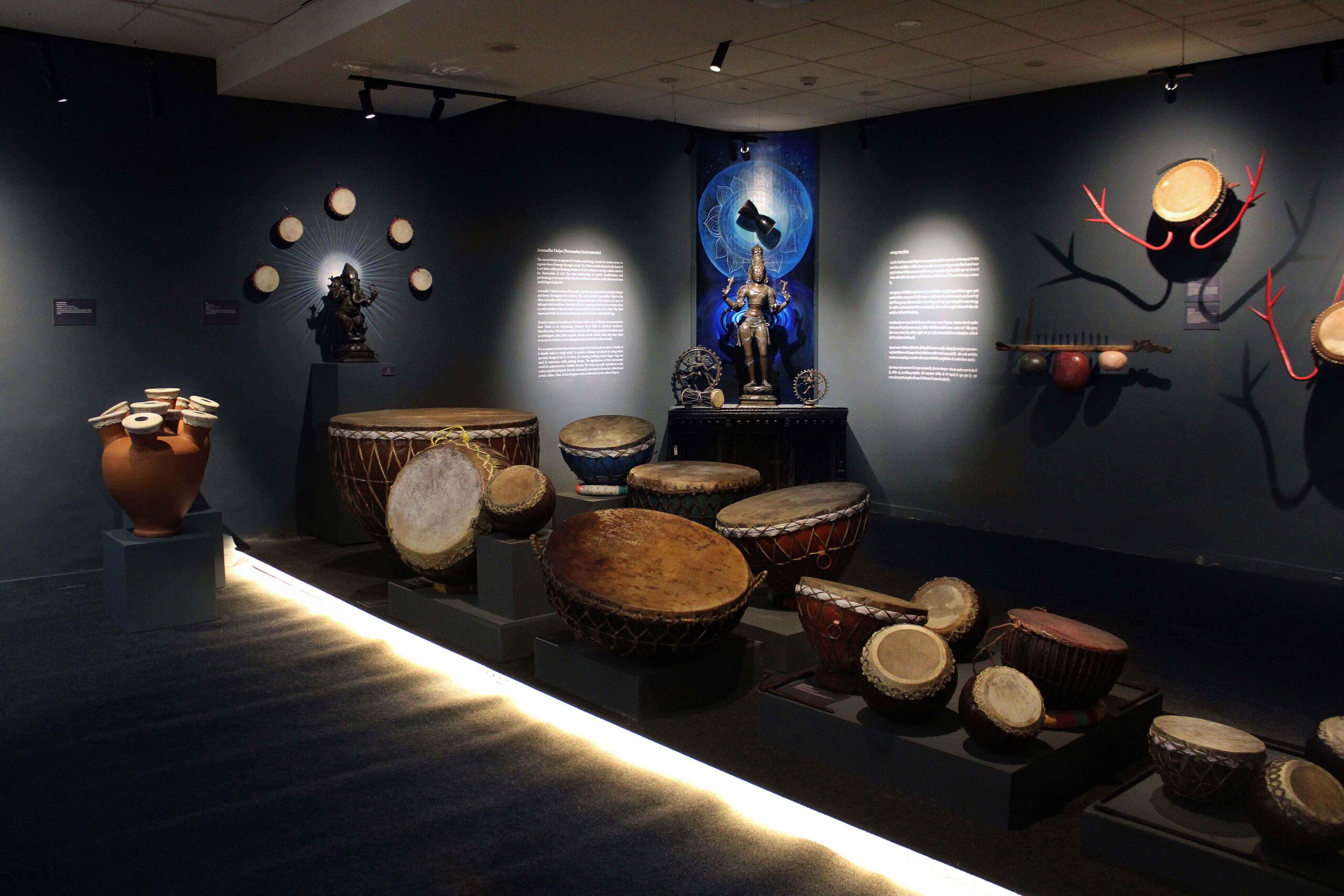S. H. Raza and His Litany of Color and Form
Shruthi Issac
S.H. Raza’s untamed landscapes add aesthetic sensibility to his memories whereas the ‘Bindu’ serves as a focus of universal energy. Shruthi Issac reviews the ongoing solo show of the French expressionist master at Grosvenor Vadehra art gallery in London which showcases few of his latest works.
There is a strong resonance of India in the new works of S.H Raza on display at Grosvenor Vadehra, London, from June 2 to June 14, 2014. The solo exhibition features fifteen new oeuvres d’art, all executed in 2013 and 2014. This is the second solo show of the artist in London since his return to India in 2010. One of the founding members of the Progressive Artists Group, S.H Raza was the first Indian artist to exhibit in Jammu and Kashmir after the Independence of India. It was in this exhibition at Srinagar that he met the celebrated French photographer, Henri Cartier Bresson who advised him to study the works of Paul Cezanne. Unsatisfied with his art education in India, Raza arrived in Paris in 1950 to study at the École de Beaux Arts for three years. His artistic sojourn in Paris led to his first exhibition with F.N Souza and Akbar Padamsee at St. Placide, Paris in 1952. Le Soleil Noir or The Black Sun has been perceived by many as the culmination point of his study of the ‘bindu’. However, celebrated French critic and Director of the Museum of Modern Art of Paris, Jacques Lassaigne found traces of a landscape, etched in the memory of Raza, in the same work. His childhood memory of the untamed and often dangerous forests of Madhya Pradesh haunted him since his departure from India in 1950. This reminiscence of his homeland manifested in this work got him the coveted Le Prix de la Critique in 1956. This theme of the ‘black sun’ can also be seen in the work of the Surrealist painter, Paul Klee, Le Paysage au coucher du soleil .
The division of the composition into two distinct parts and the “geometric houses” of Raza bear a likeness in form to the primitive structures of Paul Klee. The primitive structures of Paul Klee are suspended, surrounded by a wall that protects them from the exterior. While Klee divides his composition into two parts: the exterior and the interior, Raza divides the works into light and the dark. The French critic Jacques Lassaigne talks about this duality in the composition of Raza: the division of the day from the night and the presence of an interior landscape from the landscape that exists external to the artist. One finds a similar duality in the work of Klee: the realization of an interior space and an exterior. Raza, the lyrical visionary from the race of Soutine according to the French critic, Pierre Gaudibert, effortlessly blends the sensplastique of his French education with his understanding of the ancient Indian concepts like Purush and Prakriti: the interior (the soul) and the exterior (the form). For S.H Raza, an artist must make a voyage of two kinds: the external voyage but most essentially an internal voyage towards finding the Self. These new works are the result of this voyage that he undertook from India to France in 1950. Like Ulysses, he returns after seven long decades to reaffirm his roots and his reverence for his homeland.



